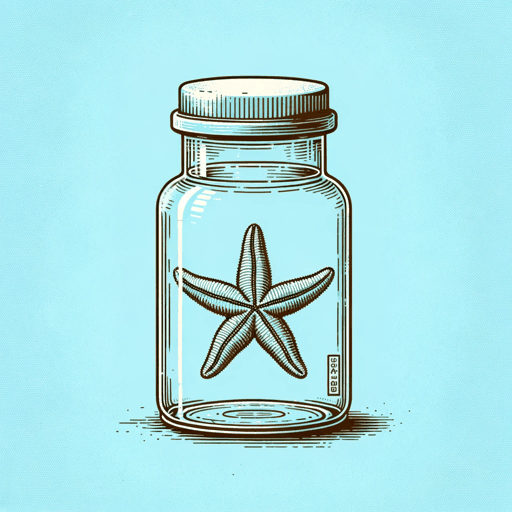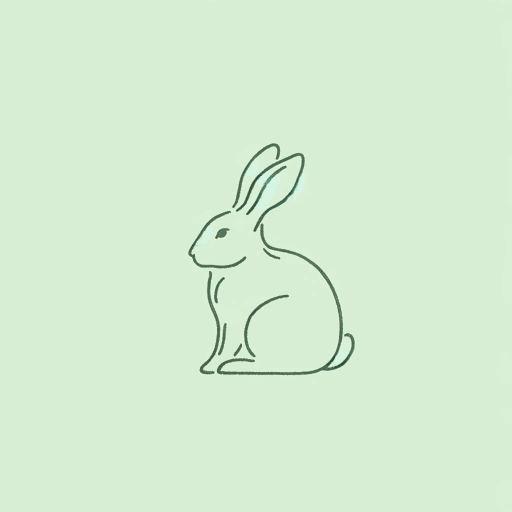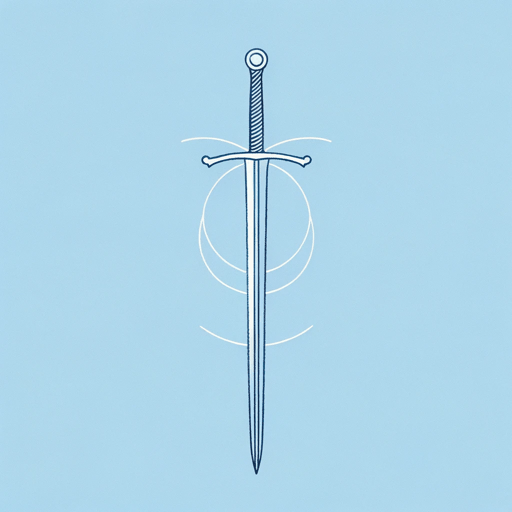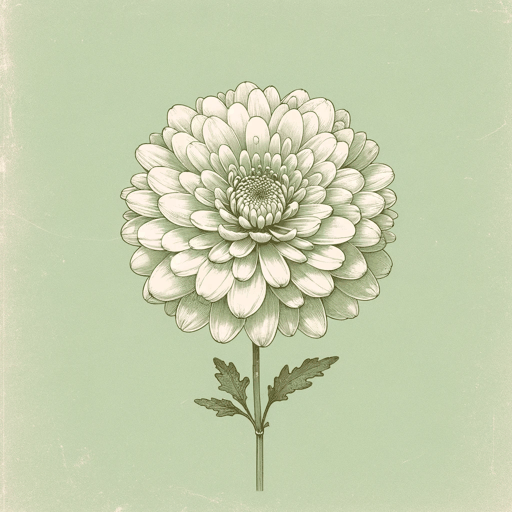53 pages • 1 hour read
John SteinbeckThe Chrysanthemums
Fiction | Short Story | Adult | Published in 1937A modern alternative to SparkNotes and CliffsNotes, SuperSummary offers high-quality Study Guides with detailed chapter summaries and analysis of major themes, characters, and more. For select classroom titles, we also provide Teaching Guides with discussion and quiz questions to prompt student engagement.
Exam Answer Key
Multiple Choice
1. B (Paragraph 108)
2. A (Various paragraphs)
3. A (Paragraph 13)
4. A (Various paragraphs)
5. D (Various paragraphs)
6. A (Paragraph 1)
7. B (Various paragraphs)
8. C (Paragraph 20)
9. D (Paragraph 6)
10. A (Paragraph 34)
Long Answer
1. Elisa starts crying because she feels foolish for sharing so much of herself with the Tinker. She perceived his behavior as a genuine interest in her and her passions, but when she sees the “dark speck” in the road, she realizes that he has dumped the chrysanthemums, an extension of herself and that he was only feigning interest in hopes of manipulating her into giving him work to do. (Various paragraphs)
2. After Elisa’s encounter with the Tinker, she begins to behave in a more empowered way. After the Tinker and Elisa engage in a bit of flirting, she leaves to shower and “[tears] off the battered hat and [shakes] out her dark pretty hair.” This is a clear departure from the persona she portrayed in the beginning of the story. The Tinker’s interest in her expertise made her feel acknowledged and admired, as the chrysanthemums represent an extension of Elisa. Though the Tinker’s behavior turns out to be manipulative, their interaction seems to remind her of her inherent beauty and strength, which she then brings into her interactions with Henry.
Related Titles
By John Steinbeck

Cannery Row
John Steinbeck

East of Eden
John Steinbeck

Flight
John Steinbeck

In Dubious Battle
John Steinbeck

Of Mice and Men
John Steinbeck

Sweet Thursday
John Steinbeck

The Acts of King Arthur and His Noble Knights
John Steinbeck

The Grapes of Wrath
John Steinbeck

The Harvest Gypsies: On the Road to the Grapes of Wrath
John Steinbeck

The Log From The Sea of Cortez
John Steinbeck

The Long Valley
John Steinbeck

The Moon Is Down
John Steinbeck

The Pearl
John Steinbeck

The Red Pony
John Steinbeck

The Wayward Bus
John Steinbeck

The Winter Of Our Discontent
John Steinbeck

To a God Unknown
John Steinbeck

Tortilla Flat
John Steinbeck

Travels With Charley
John Steinbeck

